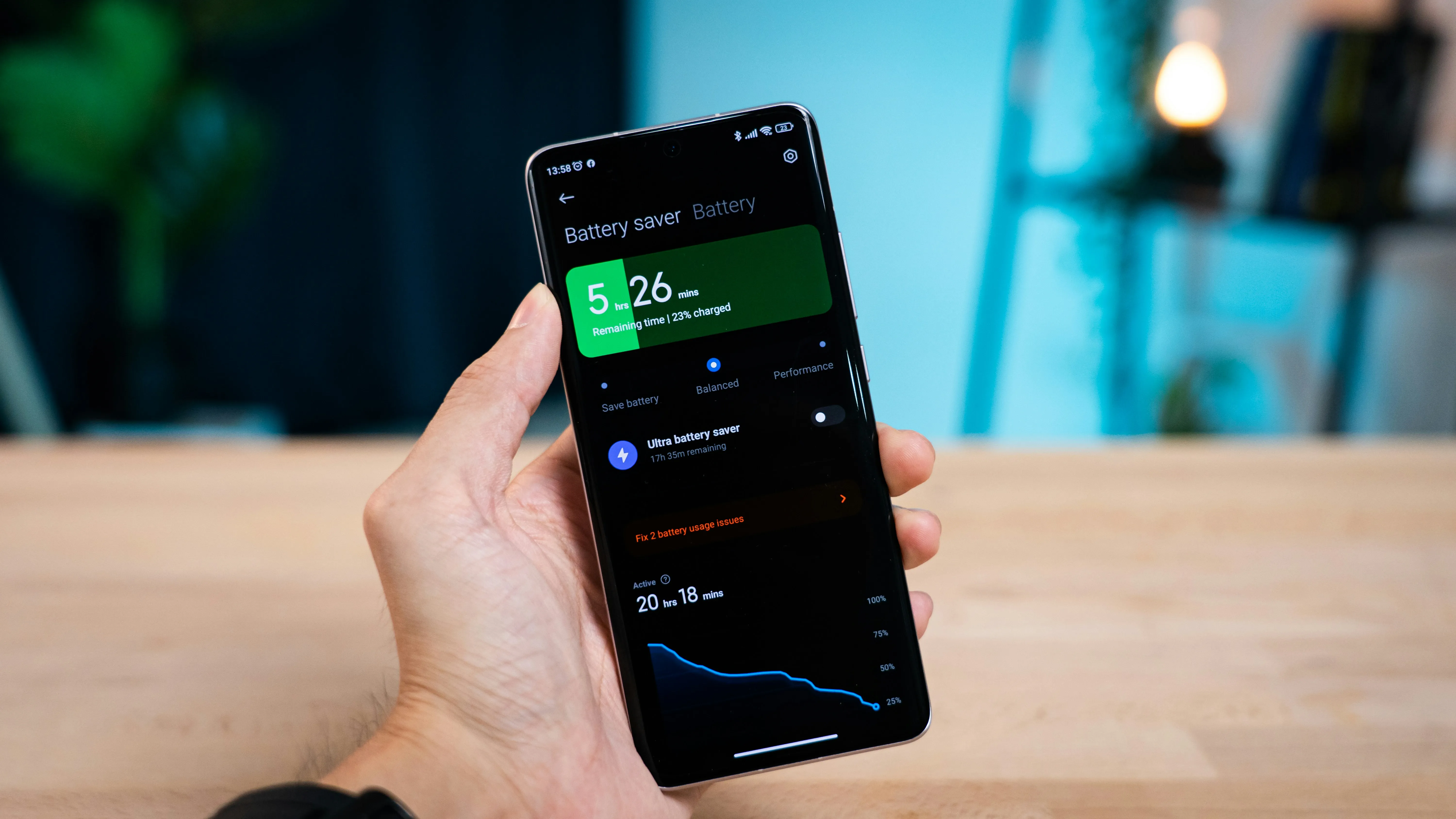There's a little-known secret in the world of microwave ovens that even the manufacturers don't care to tell you in their manuals. And once you know it, you'll never go back to using your microwave as you used to.
Some microwave owners have figured this "hack" out on their own just by acute observation of certain foods or liquids they were nuking. Still, you'll never see it mentioned in the fine print of the appliance's documentation. I should know since I looked at over 50 manuals for different microwave ovens available in the U.S. and didn't see it listed in any of them.
So what's the secret everyone should know about?
Your microwave's turntable completes one rotation every 10 seconds.
OK, so what? Why is this a big deal?
Why 10 Seconds Matters for Your Microwave
You won't notice the rotation rate when you follow the microwaving directions on any food packaging. That's because a microwave dinner or similar meal or snack may have a large tray or plate you put the food on. When you put it in, it most likely goes to the middle or near-center of the glass turntable, so there's not a lot of noticeable change from when you put it in to when you take it out.
The rotations-per-minute measurement for your microwave's carousel is most evident when warming drinks in cups or mugs. If someone places a mug of water or coffee right in front, between the center and edge of the turntable, it will end up in the back of the microwave after 15 or 25 seconds, harder to reach.
Use Heating Times Ending in 0 or 5
Knowing it takes 10 seconds means you can start thinking about heating food and drinks using multiples of 10 or intervals at 10 seconds plus or minus 5 seconds.
- If you want the item being warmed up to return where you put it in the oven cavity, make sure your time ends in zero (10, 20, 30, 40, etc.).
- To have it end up on the opposite side of the oven cavity, ensure the seconds end with a 5 (5, 15, 25, 35, 45, etc.).
Let's say you're heating water for tea or warming up some coffee. To make it easier to take out and less likely that you'll burn your hand or fingers, place the mug in the front with the handle facing you and use 20, 30, 40, or another number ending in zero. The mug should return with the handle facing you, the mug's coldest part and, therefore, the safest to touch.
On the flip side, you can place the mug in the back with the handle facing away from you and use a time ending in 5 to heat it. It'll return to the front with the handle pointing your way.
For instance, I found that warming up my toddler's milk for 30 seconds was too cold for her, while 40 seconds was too warm. So when I heat the mug, I use 35 seconds. When the mug starts in the back with the handle facing backward, it'll end up in the front with the handle facing me. While 35 seconds doesn't necessarily make the mug too hot to touch, it is more convenient to grab it by the handle when taking it out to pour it right into her cup.
You could also place a mug in the center of the turntable (not the best place for even cooking) with the handle pointing away from or toward you, then microwave for x5 or x0 seconds to have the handle pointing at you, respectively.
- Don't Miss: The Hidden Meaning Behind Those Mysterious Dialer Pad Keys on Your iPhone or Android Phone
So, do microwave oven manufacturers have some unwritten rule that each full rotation should be 10 seconds? No, but they use similar parts.
The Turntable Motor Determines the RPM
There's a good chance that the synchronous motor driving your microwave's turntable will be rated at 5 to 6 rotations per minute at 50 or 60 hertz (cycles per second). This isn't a specification that your microwave's manufacturer will provide, but it's obvious when lookingat the manyreplacementmotorsavailableonlinefor repairs.
In the U.S., power stations use 60 Hz as the nominal line frequency for the alternating current (AC) you use in your home. So the motor would use 6 rpm, and 60 seconds divided by 6 rotations is 10 seconds intervals.
If you're not in the U.S., your region's mains frequency could be 50 Hz, which would then use 5 rpm, and that does not follow the rule for numbers ending in zero or 5. One complete rotation would be 12 seconds, so you'd have to think in terms of 6-second intervals for full (12, 24, 36, etc.) or half rotations (6, 18, 30, etc.).
However, some microwaves don't use 5–6 rpm motors.
For instance, some GE microwaves use motors rated at3 rpm at 60 Hz. That's half as slow as 6 rpm, so one full turntable rotation takes 20 seconds, not 10. Instead of using numbers ending in zero or 5 to time things correctly, you would only use alternating multiples of 10, where 10, 30, and 50 seconds put items opposite where they were placed, and 20, 40, and 60 seconds to return items to the same spot.
Some microwaves also use motors with 10 rpm at 60 Hz, but it's not common.
TL;DR
Most microwaves in the U.S. will follow the rule where times ending in zero are one full rotation and times ending in 5 are half rotations. But it all depends on which motor your appliance uses for the glass plate that rotates your food and drink. If you can figure out the motor's rating, you can determine the rotations per minute. If not, you can at least run some tests to determine the rotation rate.
Cover photo by rostislavsedlacek/123RF




























Comments
Be the first, drop a comment!